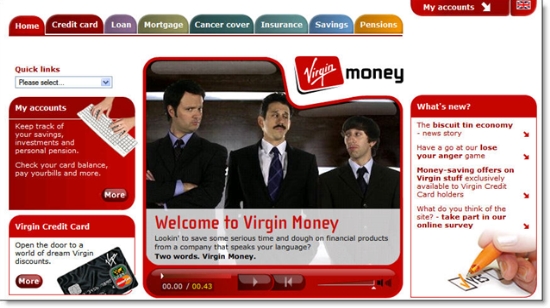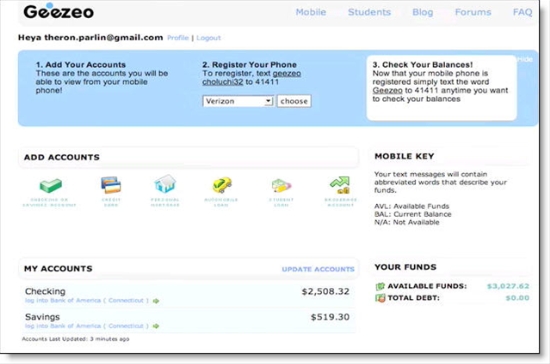 It’s dangerous to hype a startup while they are still in stealth mode. After all, given the average life expectancy of a Web-based startup, this blog post could outlive Mountain View, CA-based Mint.com (see note 2).
It’s dangerous to hype a startup while they are still in stealth mode. After all, given the average life expectancy of a Web-based startup, this blog post could outlive Mountain View, CA-based Mint.com (see note 2).
But just knowing that the company snagged $5 million in VC money, which is huge in this space, means they will be interesting to watch, even if they don’t catch on. And with that kind of money, Mint has a deeper bench and can be more aggressive than other newly minted personal finance startups such as Buxfer and Wesabe (see previous coverage here).
Here’s what we know so far:
- $5 million in funding (confirmed by company Monday)
- Planning a full-service personal finance manager with alerts (see posted elevator pitch below)
- Adopted a short, real, and catchy name and had the resources to buy the primary .com address (it had been using mymint.com until very recently)
- Appear to be hiring aggressively (see here)
- Founder Aaron Patzer has been working on the company since late 2005
- The company received money from ex-Google sales manager Aydin Senkut and first-round funding from First Round Capital. Other investors include current or former execs from Intuit, Charles Schwab, and Yahoo.
- It’s active blog now totals 50 articles with many lengthy how-to posts on personal finance and related interests
Elevator pitch (posted at Mint.com):
Mint is building a free, simple, and secure personal finance web-app. Designed to be effortless, Mint consolidates your financial life in one place. Easily see how much you have, how much you owe, and where you money goes. Advanced alerting notifies you before you bounce a check or forget to pay a bill. Patent pending algorithms even show you personalized ways to save and make more money. If your finances could use organization without effort, or a big improvement without a lot of work, Mint is for you.
NetBanker translation: Mint will use account aggregation tools, much like Quicken, Yodlee, and more recently Buxfer and Wesabe, to load bank and credit card transactions into its web-based personal finance manager. The company will layer in meta-alerts, that will look across all accounts and notify you when balances are low, crooks are pinging your account, and so on.
So far, that’s no different than Yodlee’s current product in use at Bank of America and many others. But the company’s name, as in “minting money,” along with this key phrase in the above pitch (emphasis added) makes it clear that is will focus not just on cutting down your Starbuck’s bill, but also on how to improve your personal top-line:
(will provide) personalized ways to save and make more money
If you want to keep closer tabs on Mint, you can take its online survey and request to be in the private beta. And you should grab the feed to the company blog. Finally, you can see from its job postings that it is serious about finding top talent to run the company. There are positions open for both VP Marketing and Senior Product Director among others (here).
—–
Notes:
1. *Sorry, for some reason, I needed to be the first to write that headline. From now on, I promise to steer clear of mint-related puns.
2. This statement is not meant as a criticism of the company, which looks very promising. I have not seen their product yet, nor do I want to since I am currently writing a report on this space and would not want to inadvertently share any of their secrets. The report, Personal Finance & Social Networks, will be posted by the end of the month at Online Banking Report.
























